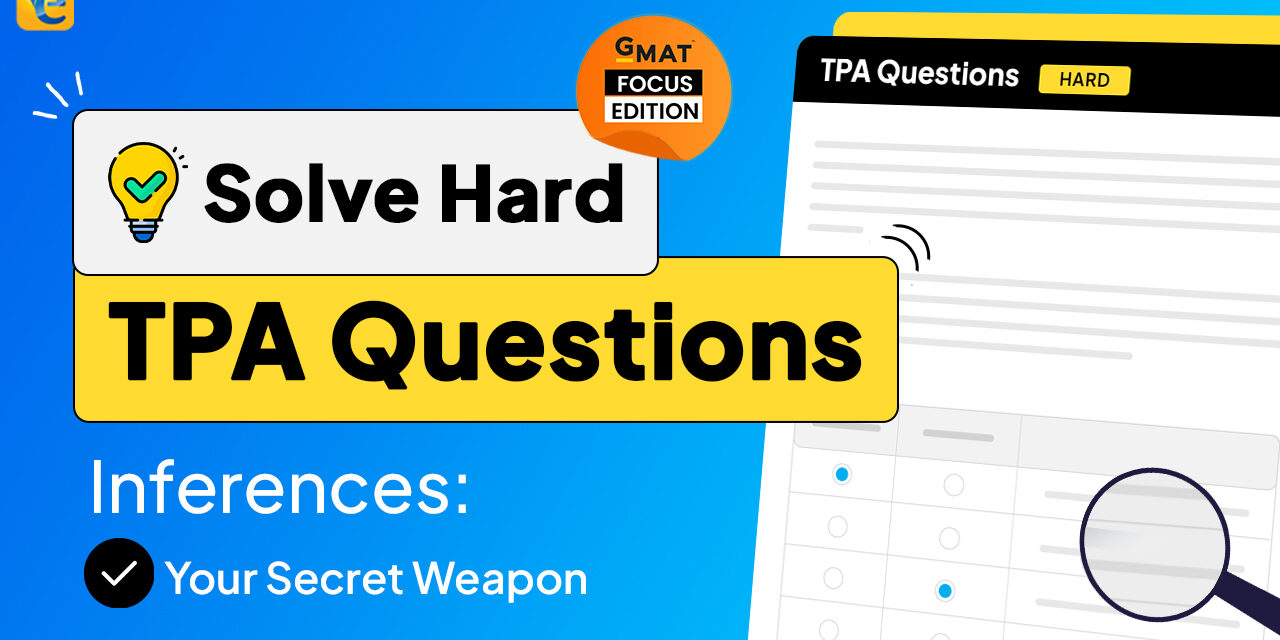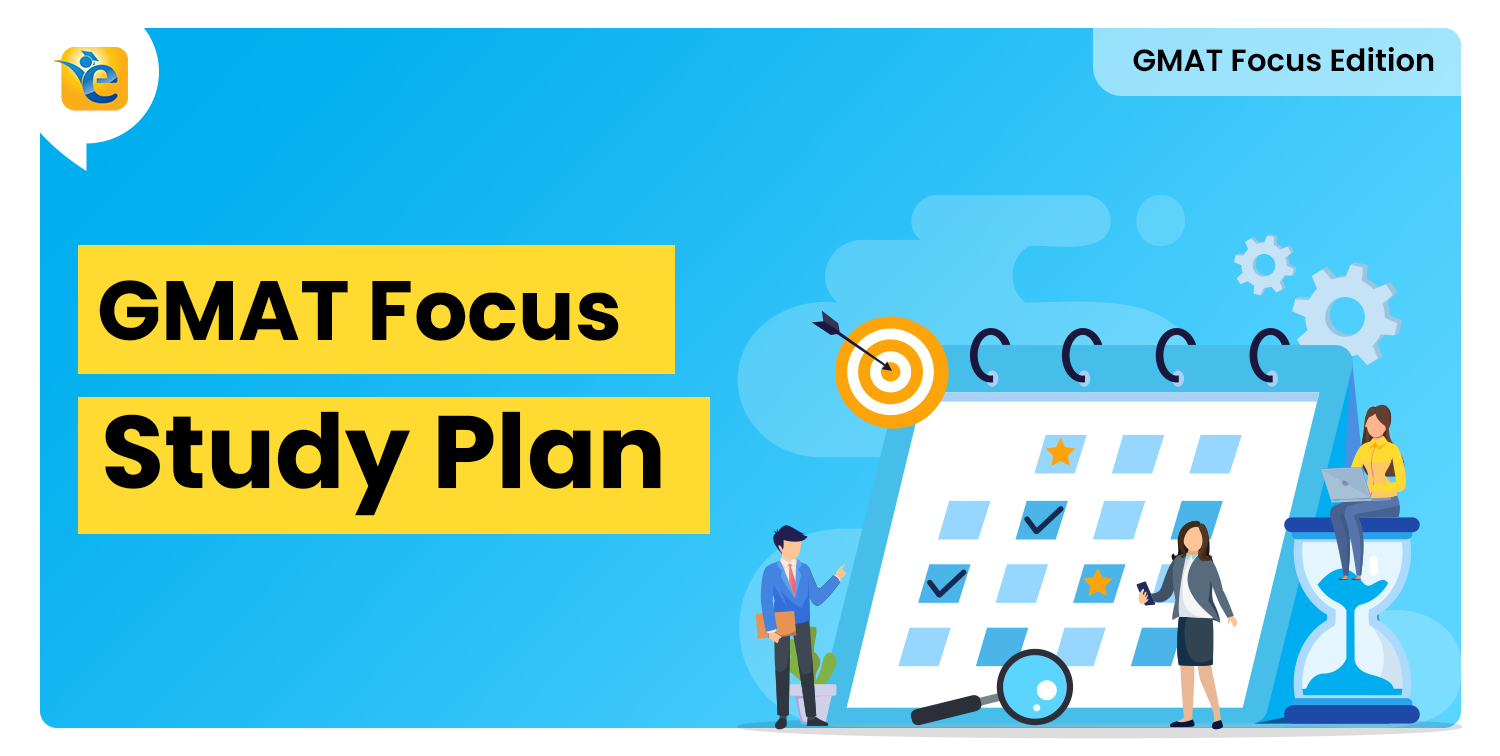Introduction
Many a times, while solving Difficult TPA questions, you reach a point where you feel that you do not sufficient information to carry forward or you feel that solving the question will take too long. Whenever you feel this way, always know that there is an inference waiting to be drawn.
Let’s see some examples of inferences that we can draw using Number Properties.
TPA_032
Question
This is an official question (not from any of the mocks). Try your hand at it!

Inference
Now let’s observe how we solved it real quick by drawing inference:

Here is the output of our translation of the dataset:
- Earlier = Sales: Tech = 60:100 = 3:5
- Now = Sales is 12 and Tech is 15
And here is the crucial inference that needs to be drawn at this point of the solution:
- # sales earlier = a multiple of 3 less than 12
And
- # tech earlier = a multiple of 5 less than 15
And from this point onwards, we can work out the possible combinations from the choices to arrive at the final answer.
You may watch the solution from 4:30 mark.
Summary
We infered that the quantities were multiples of specific numbers using the information about the ratio information given in the dataset. And this paved way further into the solution. This is one of the examples of Difficult TPA Questions. Now, let’s move further.
TPA_056
Question

Inference
Upon simplifying, we arrive at this equation:

To solve this question, we use number properties, specifically related to product of two numbers. Observe how we have take common and arrive at product of an even and an odd number.

And then by comparing the two sides, we infer as shown and find the value of M as 3.

And likewise, we infer and arrive at the value of N as 6.

You may watch the detailed video solution here at 7:36 mark or to watch an alternate solution using the choices, watch from 5:30 mark.
Summary
In this question, with a single equation with two variables, we converted expression of the sum into product of two numbers and we drew inferences from that product and arrived at the exact values of the two variables. This is another example of Difficult TPA Questions. Let’s see the final one.
TPA_069
Question

Inference
Per the scenario explained in this dataset, processes are repeating at regular intervals based on frequencies specific to each process as shown below:

Whenever you see such repetition, it should automatically infer that LCM is the concept at play. So, to solve this question, this is the crucial inference that you needed to draw. Watch this video at 7:24 to see why this is the case and get a complete clarity on this inference.
Summary
In this question, once we understood the scenario about repetition of tasks at fixed frequencies, we could infer that this question will require concept of LCM. Hence, we three strategues to solve Difficult TPA Questions.
Takeaway
While solving TPA questions, when you feel that you are at a point where you cannot go any further, trust your knowledge and identify scope of drawing such inferences. Think of these inferences as the bridge between the point where you get stuck to the next step in your solution.
Inferences = Bridges!
Ready to tackle the GMAT Focus Edition? e-GMAT offers a Personalized Study Planner and top-notch Free GFE mock exam to help you prepare effectively. As the most reviewed GMAT prep company on GMAT Club with 2600+ reviews we’re here to support your GFE journey. Take advantage of our free trial with the best quality content. Start your path to success today!















